It is said that in the fall and winter the Earth inhales and in spring and summer the Earth exhales.
For those of us in the nature business, our daily lives follow the seasons, to some extent. In winter, we normally spend a significant time indoors, reflecting, calibrating, planning and designing for the seasons to come. Winter is a good time for heavy reading, science, philosophy etc. So, what is different during these cloudy days of imposed isolation during the zombie apocalypse? We experience practically no social interaction with others, friends, family colleagues, at least not in person. Yet we remain busy, busy as ever!

Humans Are Social Beings
Very impressive how people have adapted to life without human contact. Unfortunately, this reduces our interaction to the one-dimensional screen (removed, emboldened, and flooding our eyes and brain with sleep-disrupting Blue Light). It’s bad enough we rarely, if ever, interact with other species in the best of times, under ‘normal’ conditions.
We are social beings; it is not normal or healthy, physically and biologically, to lack physical touch and interaction, so we compensate. How do we respond and react to the lack of socialization?
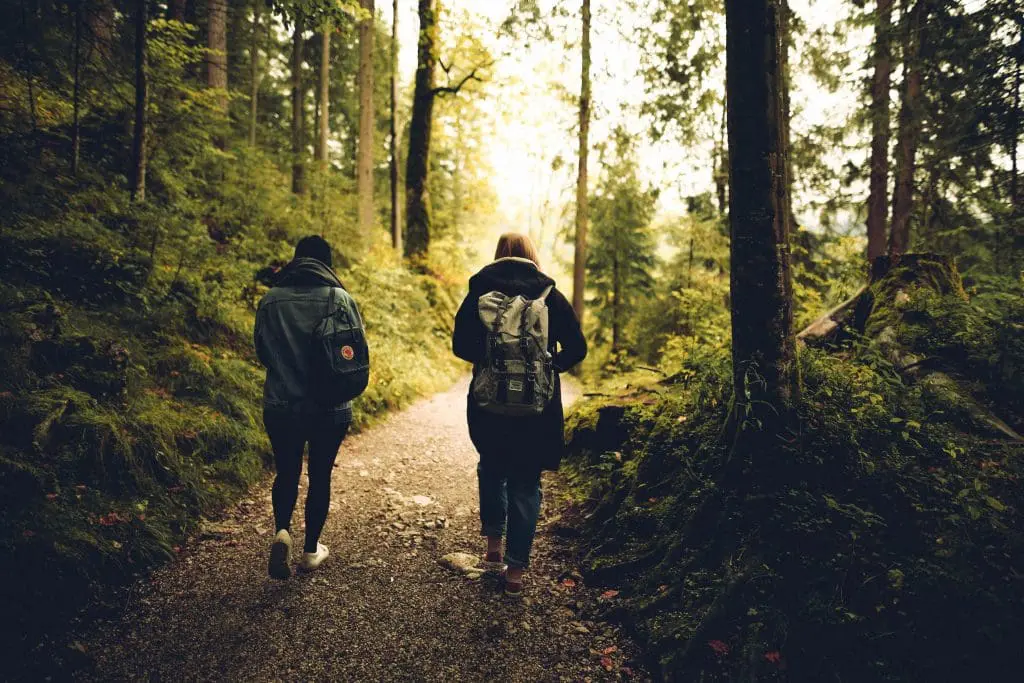
Nature is a Healing Force
Suggestions: take a walk. You can call it centering or forest bathing. No pressure. Just go and breathe. Get as close to nature as possible. Breathe and be mindfully present. Leave the phone home, watch too!
Affirm the good. In place of fear, apprehension and anxiety, be one with the universe. You are truly beautiful and good. What do you have to lose? I don’t live in a fuzzy new age of an abstract, esoteric world. I live in the here and now of the natural and man-made world. We should at least attempt to reach beyond labels.
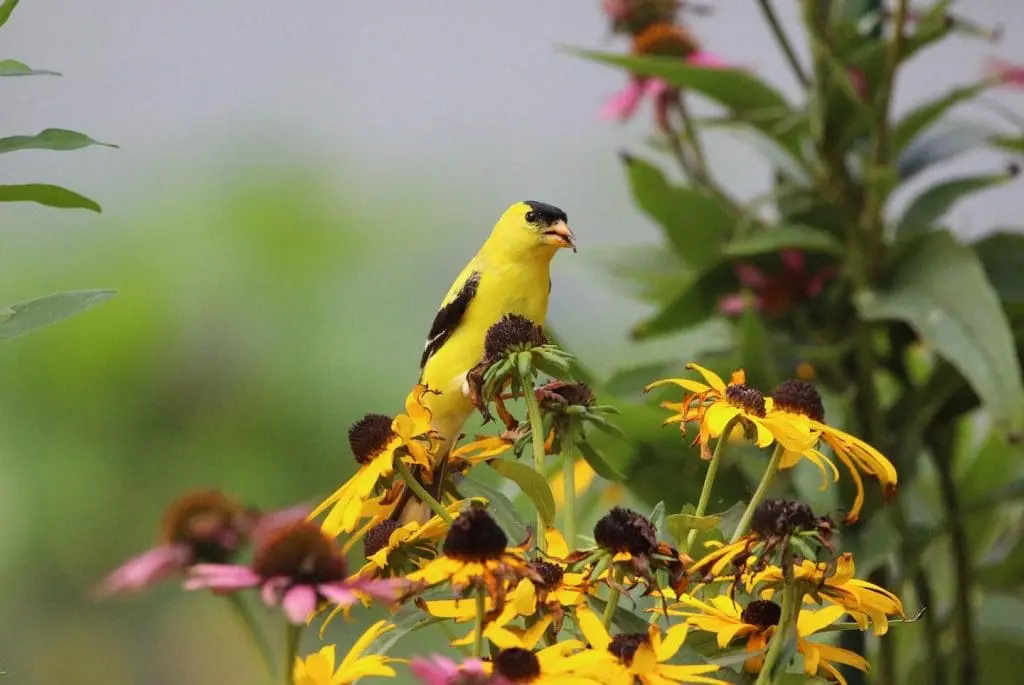
I look out the window at the seemingly egalitarian harmony and diversity of life at the bird feeders, in the bushes, shrubs and trees. Everybody seems to be getting along. It’s a myth! There is a tremendous competition between the titmice, the chickadees, blue jays, cardinals, the hawks and those damned squirrels (as Jean George named them).
The division of power and territory, the desire for food and sex is fluid, shifting like the powers of male and female, yin and yang.
There is an absence of one important anthropomorphic trait. There is no hate among the so-called lower life forms and species. We might learn something here.
How Much Have We Changed our Landscape Environments?
An interesting exercise is to take a walk in a park or nature preserve, a field, a backyard, and imagine. Imagine what used to be there. You don’t need to be a forensic scientist to recognize clues. In winter the trees tell a story. In this part of the country, it is rare to find trees over one hundred years old. Much more common to see recovering, greatly disturbed wood lots.
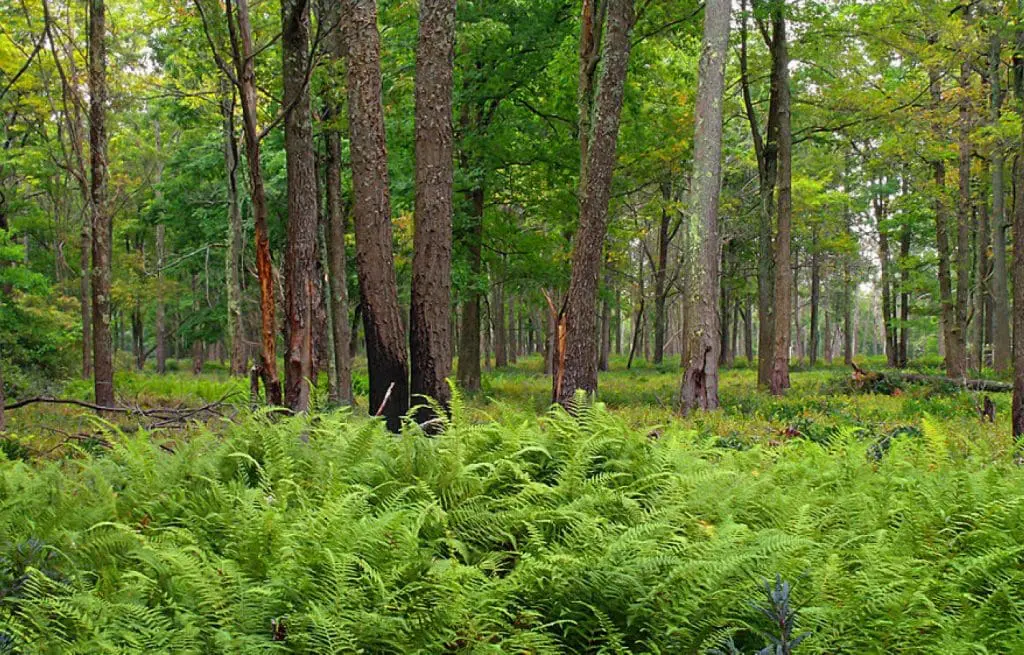
What was there before, what did it look like, what did it feel like? What did that more natural, undisturbed, undeveloped environment do? What functions did it serve? What was the impact on the water, the air? Very likely you would have been walking through a clear-cut field, no trees. Maybe the first grasses and shrubs emerge. The previous land use was logging by saw and burning.
You don’t have to go back to when the dinosaurs roamed the Earth to see how radically we changed the environment we presently live in. At the turn of the last century, there was less forest and fewer deer. Fewer people too, certainly less permanent infrastructure, concrete and pollution.
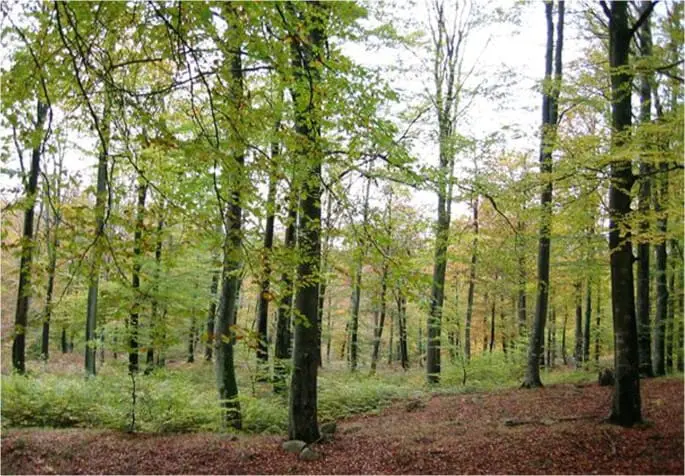
Succession, Regeneration & Deer
Here’s a clue. Look for the light bronze leaves of the trees with the silver gray bark. Usually thick stands tightly packed 3’ to 10’ in height. They are especially noticeable against the snowy backdrop of a recovering forest. American beech, a pioneer species, grows by a shallow underground network of clonal root systems and tendrils poking through the shallow soil.
You can’t easily buy, plant and duplicate these forest communities. Nurseries don’t sell the stock, it’s not viable. Only Mother Nature knows the trick to how it works. One of the reasons these beautiful young trees are so prolific, how they scream forest recovery is that the deer can’t eat them all. On a recent walk in Harriman State Park, we were entertained and inspired by these beauties as well as the vast stands or colonies of mountain laurel.
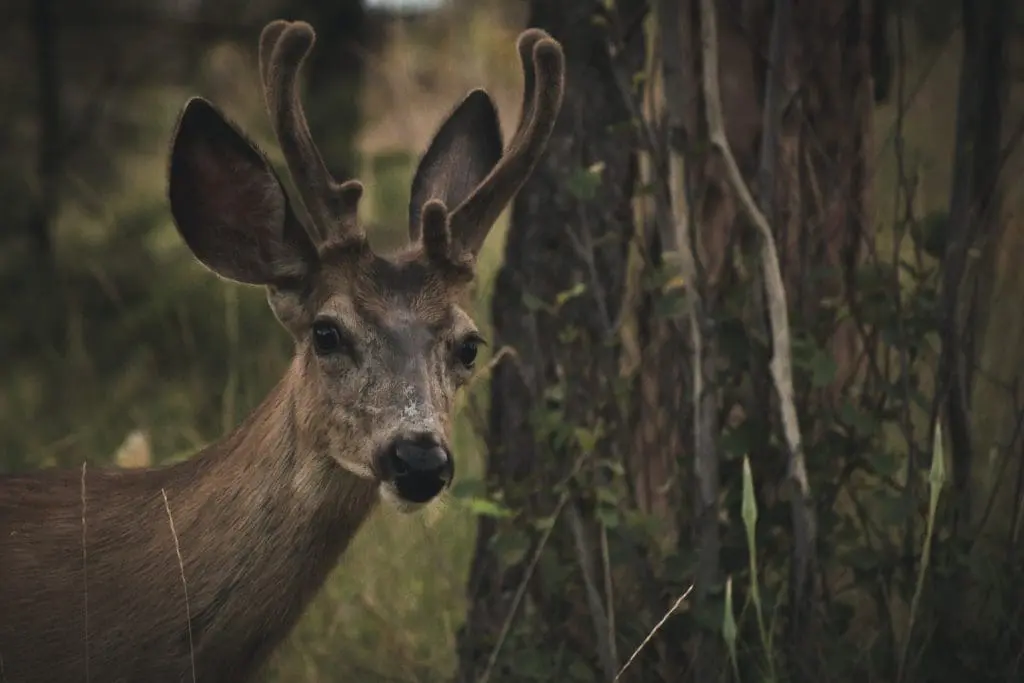
Our remnant forest and struggling wood lots are losing the battle to achieve sustainable succession and maturity. The deer so dominate the forest environment that it is difficult if not impossible for pine and oak to regenerate. You don’t need to be a forester or arborist to observe and take note of the decline of hemlock and other evergreens. The deer displace and out compete other wildlife for food and habitat.
On a recent trip to semi-rural Vermont, we saw ruffled grouse roosting in an apple tree. Something we are lacking in our distressed, contaminated suburban sprawl environment that is Westchester and Fairfield County. Grouse are indicator species much like the red fox indicates a likely Lyme disease-free landscape environment through their efforts at rodent control (they don’t call it that).
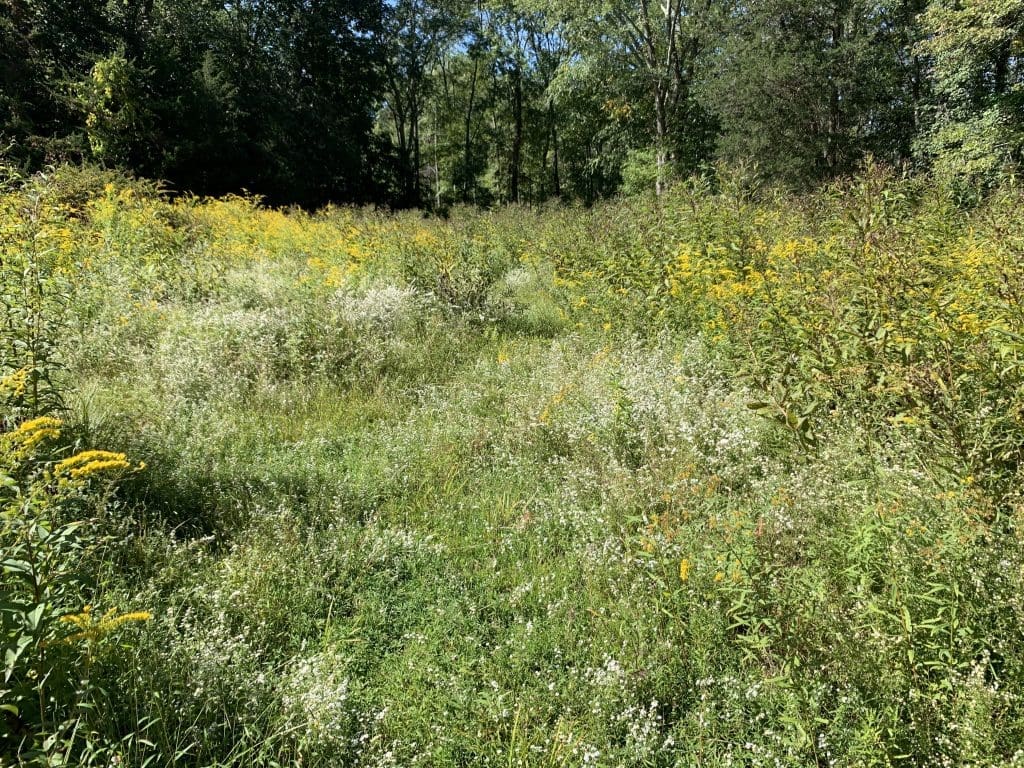
Restorative Landscape Design
So where am I going with this rambling discourse?
Limit overdevelopment, cherish each green space. Take every opportunity to restore biological function and ecosystem services to a landscape environment. Talk to your neighbors. Show that you care about their health and your mutual future in the environment.
It’s not good enough to conserve resources, we must do something about preserving their function and integrity. If natural resources are compromised, contaminated and degraded, it is difficult and expensive to restore them, if that is even possible.
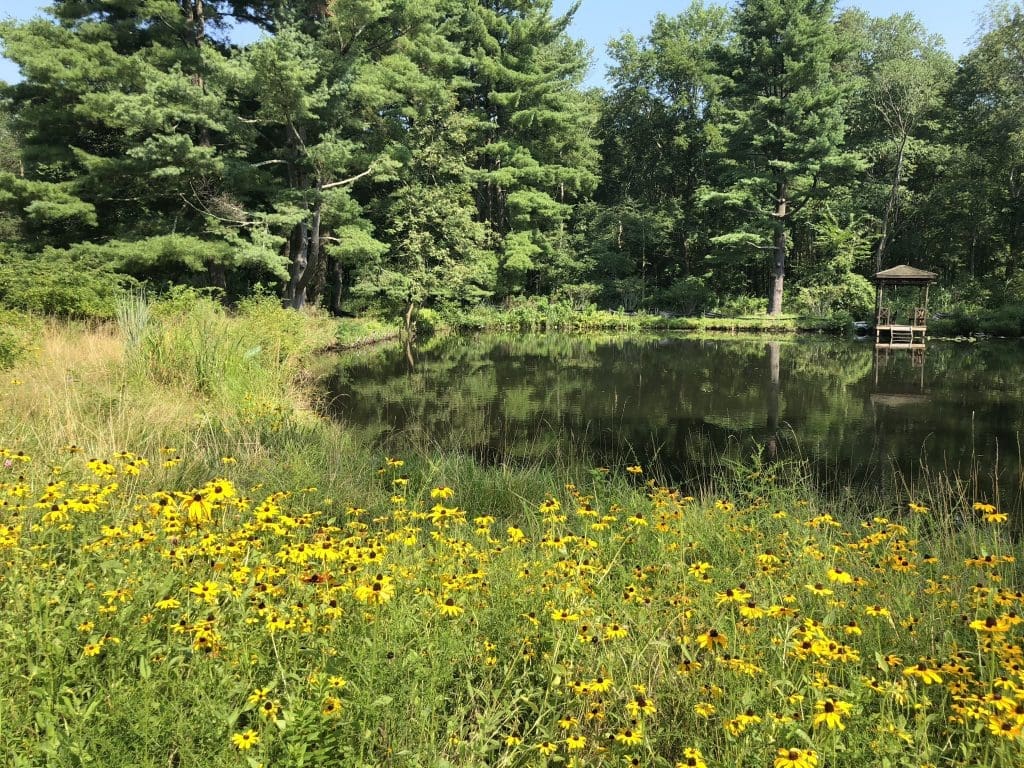
We must create fabulously attractive, highly functional environment and habit even if we consider them ‘novel’. We must continue to make ecological landscape design models that support diversity of life. At present, the forest and random wood lots, fields and backyards are not on track to adapt and compensate for what we ruin and take away from our beautiful world each and every day.
So, let’s join together, magnify our efforts and propagate our resources, human and financial, to save the planet for another day. A day we can once again reach out and touch and feel. A day in which we can use our gifts of sight, touch and smell to remember we too are animals…living in the material world.
—
Jay Archer
Green Jay Landscape Design
Where Design x Meets Ecology
Contact us about your ecological design project: 914-560-6570